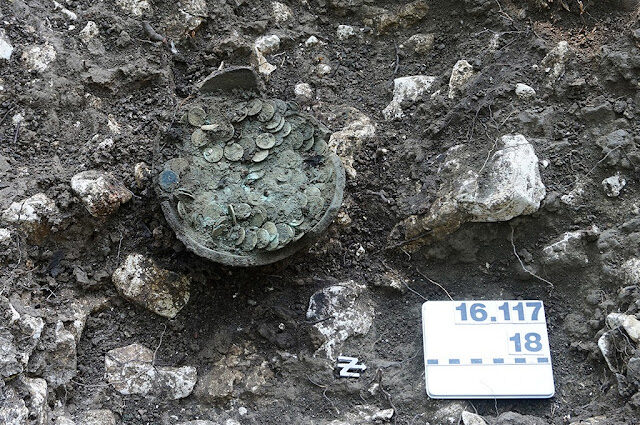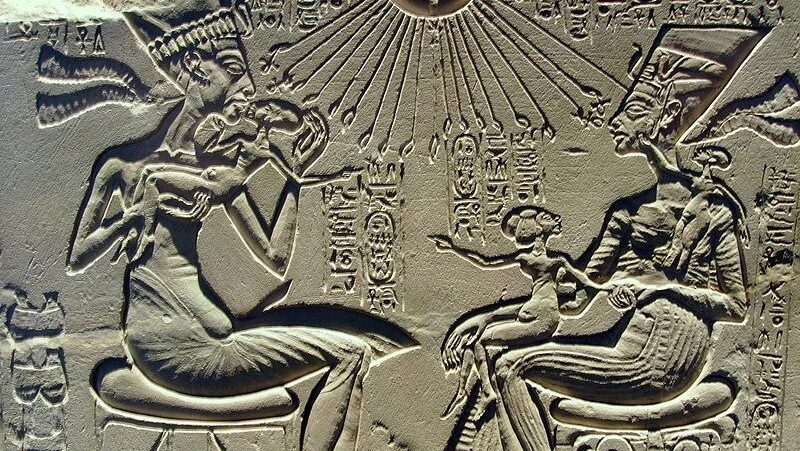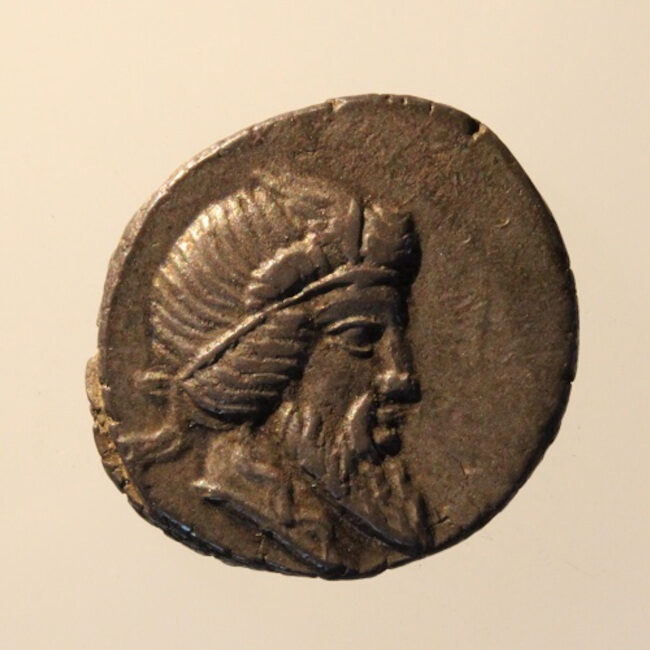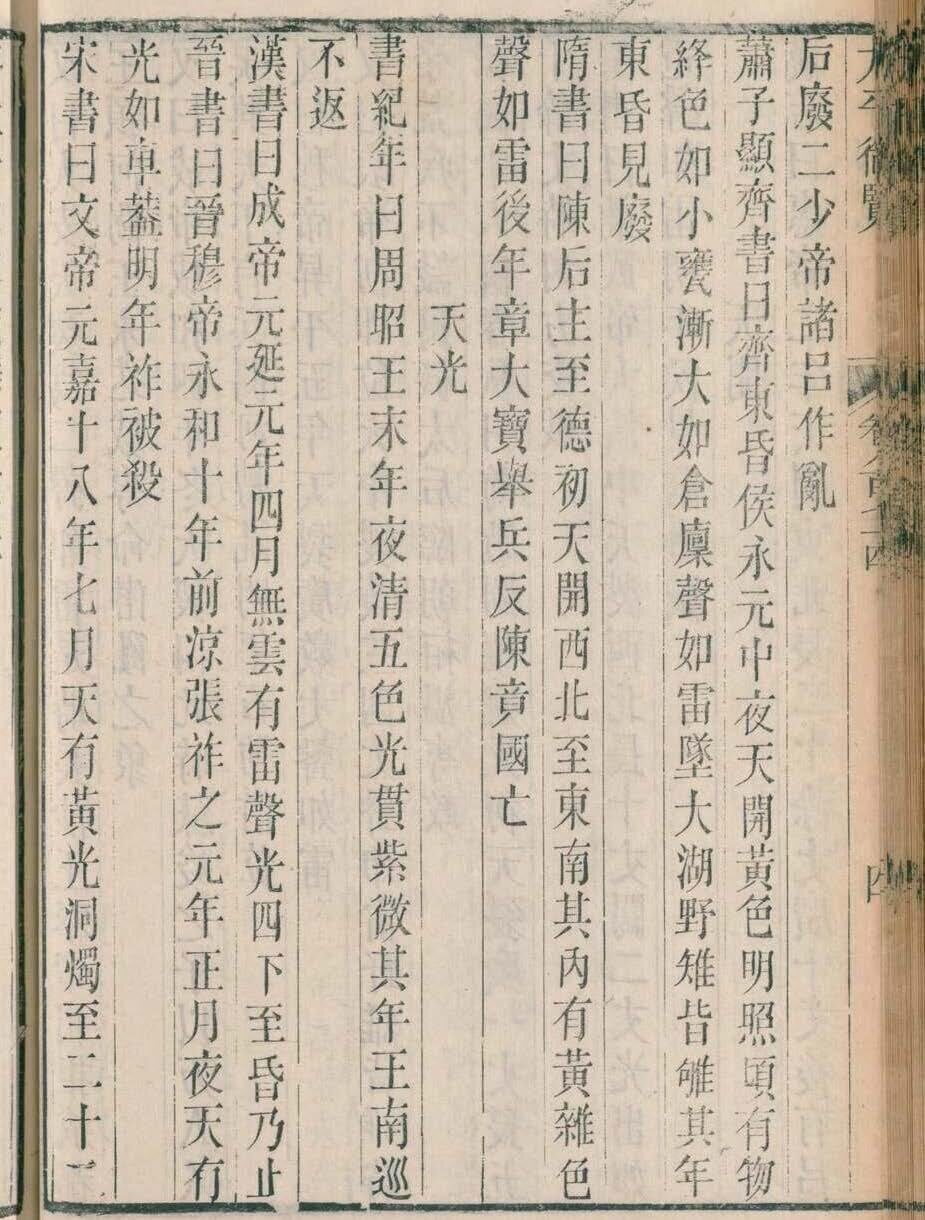
The peopling of the Pacific islands is one of humanity's most epic migration stories. In just three millennia, an ancestral cultural group called the Lapita spanned a third of the Earth's surface, reaching some of the most isolated landmasses on the planet.
As they moved, these ancestral Pacific Islanders are thought to have brought with them Austronesian languages, new domestic animals species like pigs, dogs and chickens, and a distinctive kind of pottery.
"For a long time it was thought Lapita groups avoided most of Papua New Guinea because people were already living there," says Ben Shaw, lead researcher of the new study published today in Nature Ecology and Evolution. But, as this new research shows, that wasn't always the case.
Brooker Island is a small finger of land that juts out into the sea near the southern tip of PNG, an early step in the chain of islands that makes up the South Pacific.
The Gutunka archaeological site nestles in a north-facing bay at the edge of an epic lagoon on the island that is, according to researchers, one of the most biodiverse marine ecosystems in the world.













Comment: See also:
- Bronze Age Britons were riddled with parasites but had the finest of fabrics
- 536 AD: Plague, famine, drought, cold, and a mysterious fog that lasted 18 months
- Nits on 1,700 year old Andes mummies shed light on Amazonian ancestry, links with South America's founding lineage
And check out SOTT radio's: